It can also be used for scientific and trigonometric functions.
Another type of calculator is the scientific calculator. These are much more complex than basic calculators and can do trigonometric functions, logarithms, exponential functions, and many more complex mathematical calculations.
There are also graphing calculators which allow you to graph equations and solve them, as well as programming languages that will enable you to write computer programs in your language rather than using a standard one like BASIC or C++.
Baic-Four Function Calculator Is The Most Common
The most common type of calculator is the basic four-function calculator, which can perform addition, subtraction, multiplication, and division. These calculators are relatively cheap and do not have any special features or functions that make them stand out from other similar devices.
However, suppose you want something more than just basic calculations. In that case, you may need to spend more money on a model with more advanced features, such as tax calculation or currency conversion functions, which can be helpful if you often travel abroad.
Common Types Of Calculators
There are two types of common calculators such as old and modern calculators.
The earliest calculators were wood and bamboo and used beads to represent numbers.
Abacus
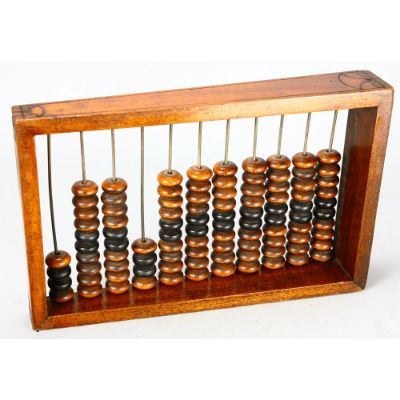
The abacus is a good example of an early calculator. It was used in China first in 2000 B.C., and the Greeks and Romans later adopted its design. The abacus consisted of two rows of beads that could be slid up and down on wires, making adding or subtracting numbers easy.
Slide Rule

A slide rule was another early calculator that used a series of movable bars to perform calculations. These rules were often used in aviation before electronic calculators replaced them during World War II (1939-1945).
Common Calculators
The most common types of calculators are:
Basic Calculator:
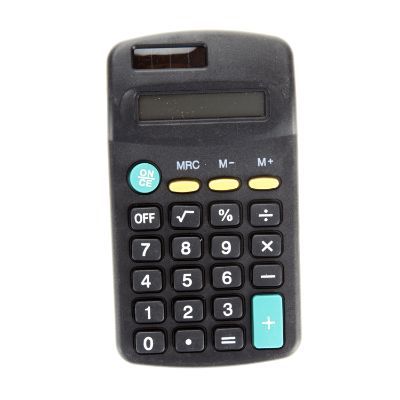
This is the most common type of calculator, and it can use to perform basic operations such as addition, subtraction, multiplication, and division. It also has a memory function that allows you to store numbers to use them in later operations.
Scientific Calculator

The scientific calculators use a reverse Polish notation system that makes it easier to enter complicated formulas than a traditional calculator. The numbers are entered in a different order on this type of calculator than with other types of calculators.
For example, instead of entering 3 + 4 first and then + 2 afterward, the number is entered by first entering 3 by + 4 and then finally adding 2 afterward, making the process much faster than traditional calculators.
Graphing Calculator

Graphing calculator allows you to plot graphs from data entered into it using formulas or tables. It usually has pre-programmed functions for simple graphing shapes like circles, straight lines, and parabolas.
Pocket Calculators
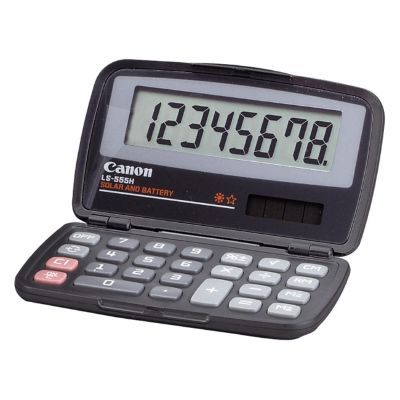
Pocket calculators are small enough to fit into your pocket or purse, and they come with basic functions such as addition, subtraction, multiplication, and division. Some models even have memory capabilities, so you can store numbers in memory while performing other calculations.
Desktop Calculators

Desktop calculators are stationary and often have more advanced functions than pocket calculators. They typically have larger display screens that make viewing numbers easier when performing complicated calculations like square roots or exponents.
Handheld Calculator
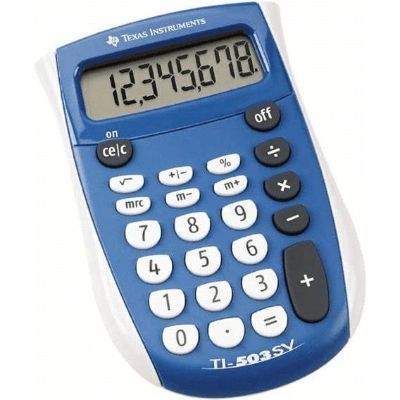
A handheld calculator is a similar to a desktop calculator but much smaller and more portable than a desktop calculator. It also has fewer buttons than a desktop calculator, making it easier to use.
Handheld calculators come in many different styles and brands. Some models even include scientific functions like trigonometric functions and logarithms.
Printing Calculator
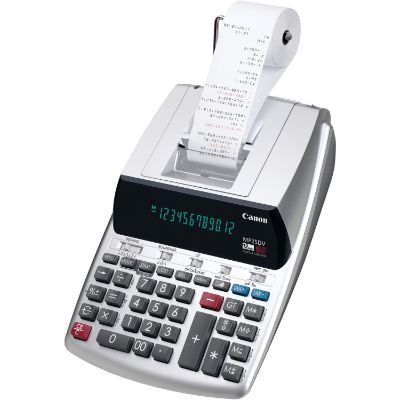
Printing calculators are the most popular type of calculator. They have a liquid crystal display (LCD) that shows numbers and characters from which you can perform mathematical calculations. The LCD has a backlight to read it in dim light or darkness. There are three basic types of printing calculators: scientific, financial, and graphing.
Financial/Business/Statistical Calculators
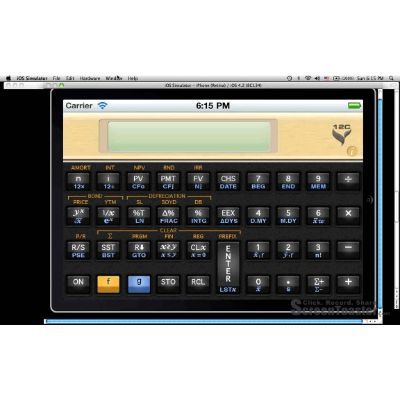
These machines are designed to be used in business or financial settings where they can use to perform complicated financial calculations quickly and accurately. They often include advanced features. Such as being able to calculate statistics like:
- Mean, median, and mode; calculate depreciation;
- Do tax calculations, including determining how much tax should be paid based on income level;
- Calculate loan payments, including interest rates and monthly payments;
- Determine the value of a stock based on its current purchase price and much more.
Trigonometric Calculators
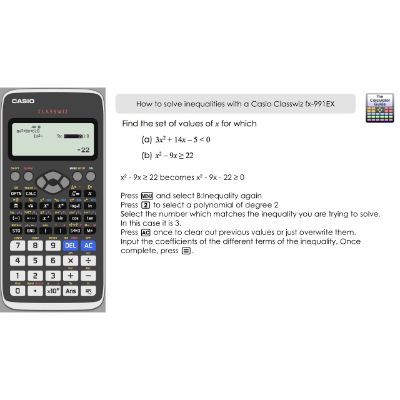
These machines are designed for use in scientific research and academia, where they can use for complex trigonometric calculations that are impossible to perform using pen and paper. They also include advanced features such as being able to graph functions from equations as well as being able to solve differential equations.
Calculator Watch
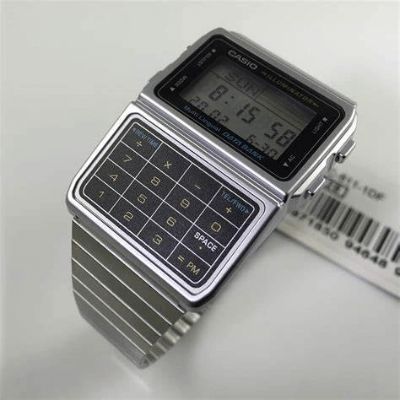
A calculator watch looks like a regular wristwatch but has a little LCD screen that displays numbers when you press a button on the side of the watch's face.
You can also use it for keeping track of time and data, which makes this type of calculator useful for people who travel frequently or participate in outdoor activities where they may lose track of time.
Programmable Calculator
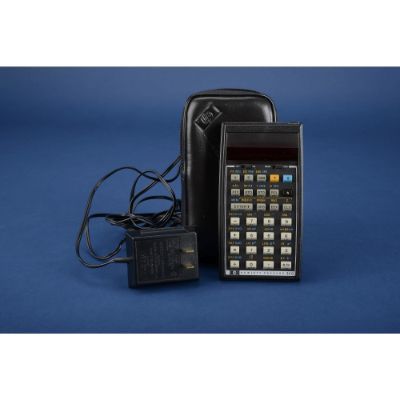
This type of calculator allows you to store programs in it so you can use them whenever you want without re-entering them manually.
Slide Rule: This device was invented in 1620 by William Oughtred (1575-1660). It was made up of two sliding rulers that allowed one to solve problems quickly and accurately. Calculators have replaced today's slide rules.
However, they are still used by some engineers in their work because they provide a more accurate result than an ordinary calculator does when they need to use large numbers or decimal points.
Arithmometer: Developed in 1820 by Charles Xavier Thomas de Colmar (1785-1871), this machine could add, subtract, multiply and divide numbers quickly using gears instead of levers like earlier machines had done.
These machines were very expensive when they first came out, but as production methods improved, their prices became more affordable until electronic calculators in the 1960s eventually replaced them.
Most Common 9 Types Of Calculators For Algebra
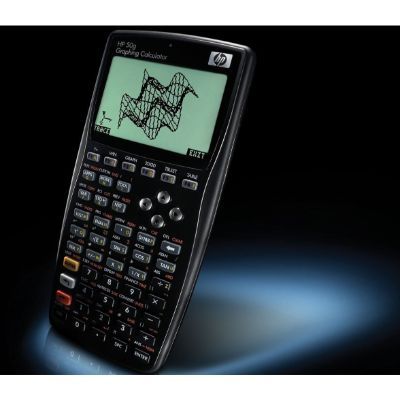
Many different algebraic calculators are available, each with its particular purpose. As a result, finding the right one for your needs can be confusing. The good news is that there are plenty of options, so you don't have to settle for just one type.
1. Equations Solvers
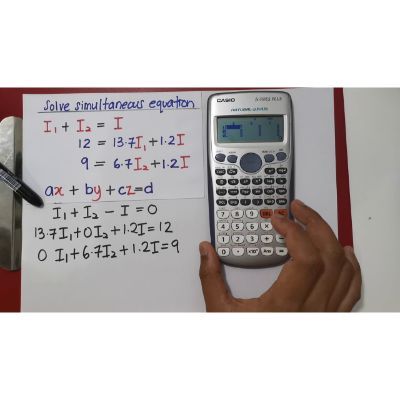
These calculators are used to solving equations, and they come in two forms, one where you need to enter the equation manually and another where you can type it in. This is a handy tool if you want to solve for an unknown variable or find out what the value of a particular variable is within an equation.
2. Exponents Calculators
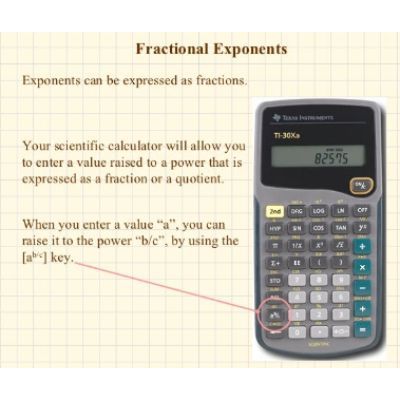
Exponents are the number or variable raised to some power, such as 2^3 or x^2-5x-7. These calculators will allow users to calculate powers and roots for them quickly and easily.
3. Polynomials Calculators
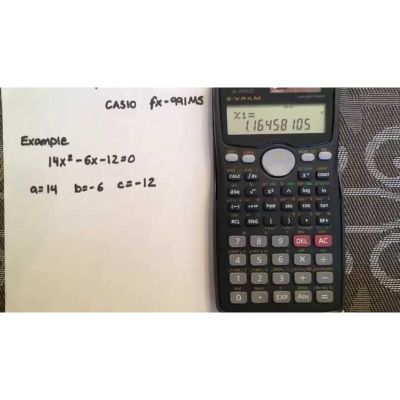
Polynomials are polynomials with more than one term, like (x+1)(x+2). These calculators can help users simplify polynomials down into single terms or expand them multiple times if needed.
4. Factoring Calculators
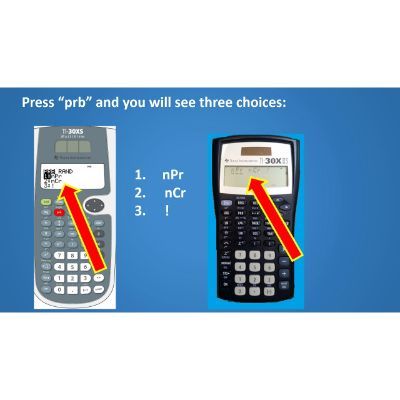
Factoring is finding factors of a number or expression by grouping like terms so that they can be factored out of each term individually. This calculator allows users to enter a number and factor it according to the "Grouping Method" they choose. The results can be displayed in the form of a table, list, or graph
5. Prime Factorization Calculators
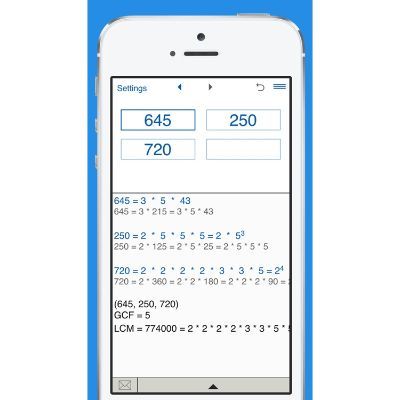
Prime factorization is finding the prime numbers that make up a whole number. This calculator allows users to enter a whole number and display all prime factors for both positive and negative integers.
6. Square Root Calculator

A square root is a real number that, when multiplied by itself, equals another given real number. For example, 5√2=5×5=25
7. The Greatest Common Factor (GCF) Calculator
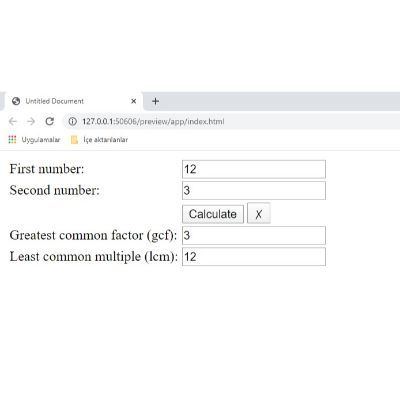
The greatest common factor of two numbers is the largest integer that divides both numbers exactly. The GCF calculator can find the GCF of two integers or fractions.
8. Linear Equation Solver
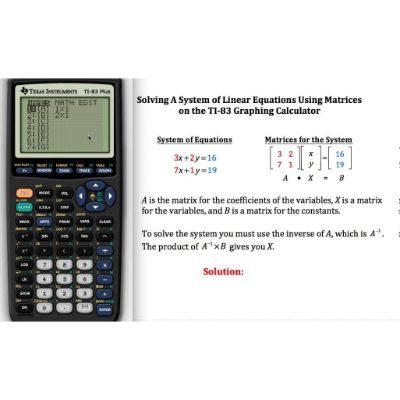
Linear equations are those where the highest power of an unknown variable is one (e.g., 3x = 4). The linear equation solver checks whether there are multiple solutions to the given equation or only one solution exists.
9. Quadratic Equation Solver
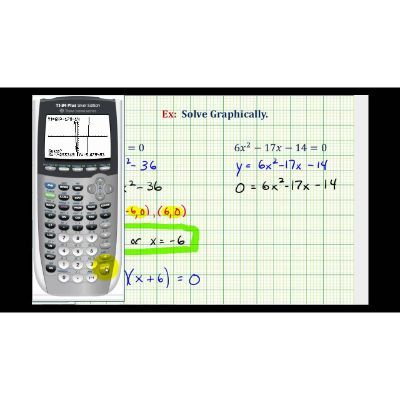
The quadratic equation solver is used to find the roots of a quadratic equation in terms of x and y. This calculator can be found on the home screen under the "QE" tab.
3 Modren Calculators Types
Calculators are machines that calculate numbers, perform mathematical functions, and solve equations. The first calculator was invented by the French scientist Blaise Pascal in 1642. Many different types of calculators are available today, such as scientific calculators, graphing calculators, and desktop calculators.
Electric calculators
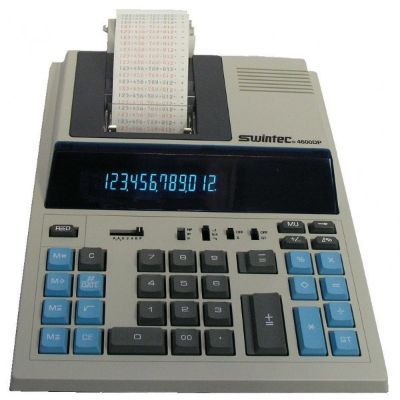
These are the most common types of calculators. They are powered by electricity, so they can be used anywhere and anytime. They can also perform complex calculations, such as solving equations or drawing graphs. However, these calculators have fewer features than other calculators. Battery calculators –
These calculators use batteries to power them instead of electricity. They are usually small enough to fit in your pocket or purse, so you can take them wherever you go. They are also less expensive than electric calculators because they don't use as much electricity or batteries.
Battery Calculators

These calculators use batteries instead of electricity to power them. They are usually small enough to fit in your pocket or purse, so you can take them wherever you go. They are also less expensive than electric calculators because they don't use as much electricity or batteries."
Solar Calculators
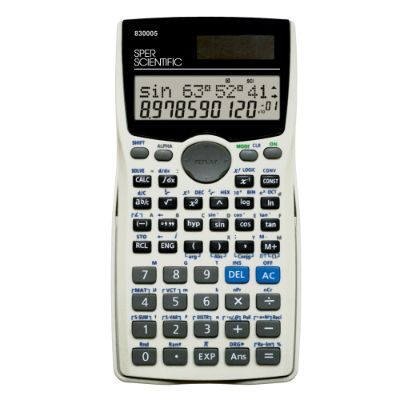
Solar calculators are the most widely used calculator. They are an excellent option for students and professionals alike. Solar calculators also have solar-powered batteries, which makes them more environmentally friendly than their battery-powered counterparts.
The most common solar calculators that you will find are Casio, Sharp, and Texas Instruments. These brands usually come with a solar sensor and charging port on the back of the calculator. The solar sensors allow you to charge your calculator by placing it in direct sunlight for a few minutes daily.
It has many features, such as a large LCD, large buttons, and high battery life, which makes it easy to use even in low-light conditions.
If you want to buy one, we recommend you read our reviews on the best solar calculators before making your final decision.
What Are Financial Calculators?

Financial calculators are designed for accountants, forecasters, and anyone who needs to perform complex financial calculations daily. These calculators often include multiple memory registers so that you can store information from one calculation in memory, then use that information later in another calculation.
Types Of Calculators Allowed On SAT
The SAT is a standardized test administered by the College Board, which makes the PSAT and the AP exams. The SAT is a 3-hour extended test that consists of 2 sections: Math and Writing. The SAT Math section covers algebra, geometry, trigonometry, and data analysis topics.
According to The College Board’s SAT Calculator Policy, there are 3 types of calculators allowed on the SAT:
- Graphing calculators (most models)
- Scientific Calculators
- Four-function Calculators
Types Of Calculators Allowed On Act
The ACT Calculator Policy allows “any 4-function, scientific, or graphing calculator, as long as it is not on the prohibited list and is modified if needed.”
This means that any four-function calculator with the following features is allowed on the ACT:
- It must have essential arithmetic functions such as addition, subtraction, multiplication, and division (no exponents or trigonometry)
- You can use it to solve equations (as long as they don’t require logarithms or trigonometric functions)
- It can graph data points in two dimensions (x and y axes), but it cannot graph anything in three dimensions
- It cannot include an electronic “memory feature” where you can store formulas for later use
Different Types Of Scientific Calculators
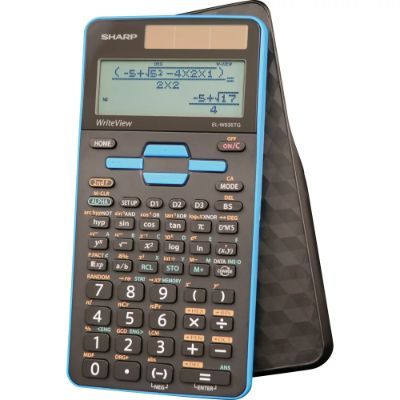
Many different brands of scientific calculators are available today, including Casio, Texas Instruments (TI), Hewlett-Packard (HP), and Sharp. The following article will discuss some of the most popular types of scientific calculators available today:
Casio FX-115ES PLUS
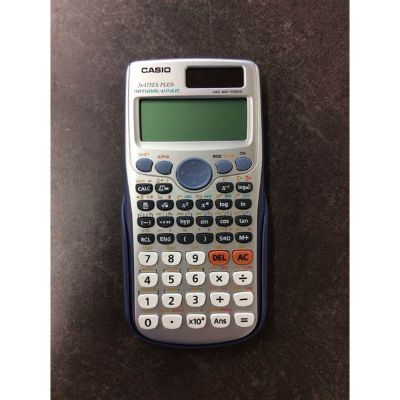
This is a 16-digit calculator with 10 built-in functions, including trigonometric, logarithmic, exponential, and financial functions. It also has a solar power rechargeable battery that gives it extended battery life.
Texas Instruments TI-36X Pro
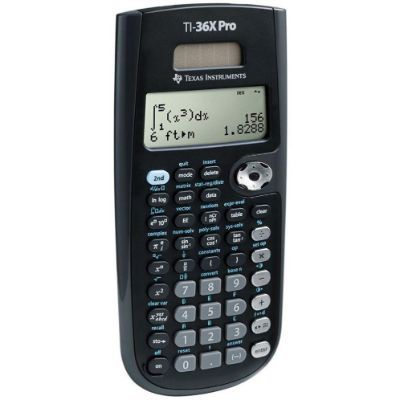
This is an advanced scientific calculator which has 12 digit display with 6 built-in memory registers, complex number calculations, hyperbolic and inverse hyperbolic functions, and more.
Sharp EL-W516TBSL 16-Digit Advanced: This is another advanced scientific calculator with a 16-digit display, more than 300 built-in functions, including trigonometric, logarithmic, exponential, and financial operations as well as other features such as fractions conversions, base conversions, and more.
Texas Instruments TI-30XS MultiView
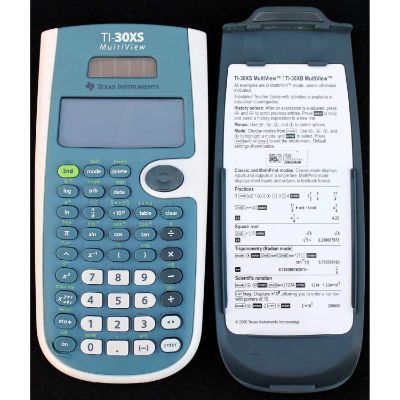
This is another advanced scientific calculator with 15 digits display and many advanced features. It has a large screen and can be used for scientific and graphing calculations. It has an intuitive key layout, which makes it very easy to use.
Texas Instruments TI-36X Pro
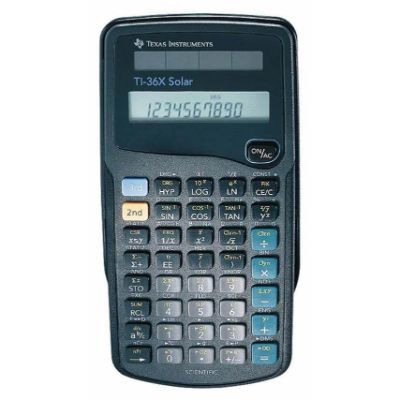
This is another good option if you want a scientific calculator with a large display. It has a 12-digit display, which makes it easier for students to read the results of their calculations. The keys are also large enough so that users will not have any problems using them, even when they have big fingers or hands.
Casio FX 115ES Plus
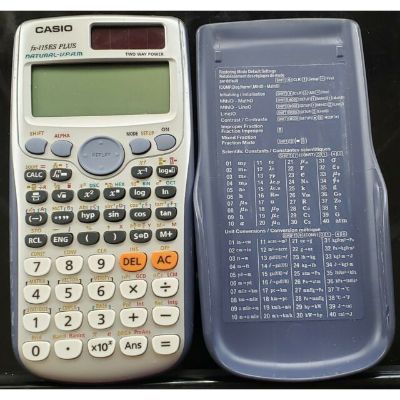
This is one of the most popular calculators that students use in school because it has many advanced features such as percentage calculation, square root extraction, logarithm conversion, and others. It also comes with a memory function, allowing users to store their favorite functions and use them later if needed.
What Are The Different Types Of Printing Calculators?
There are several types of printing calculators. These include basic printing calculators, scientific calculators, and scientific/programmable calculators.
Basic Printing Calculators
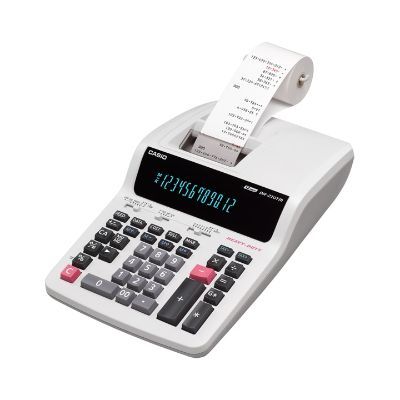
The most common type of calculator is the basic printing calculator. This type of calculator has a number pad and a display screen where you can see your calculations as they are being performed. The "printing" of these calculators is similar to that of typewriters: You can see a copy of your work on paper as it's being performed by simply pressing the "write" button on the calculator.
A basic printing calculator will typically have buttons for addition, subtraction, multiplication, and division, as well as more advanced features such as square roots, percentage functions, and the ability to easily convert between different units of measurement (such as converting inches into centimeters). Basic printing calculators are commonly used by high school or college students who need to perform basic math operations. Still, they don't need any additional bells and whistles from their calculators.
Dedicated Printing Calculators
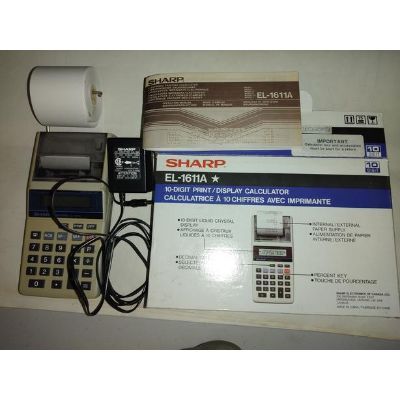
These calculators are called dedicated because they are designed to perform only one task — mathematics. They have a keyboard and a screen with a display window to show the calculation results. The display window may be in either digital or analog format. The more expensive models have more memory capacity than less expensive ones so they can perform more complex calculations than less expensive models.
Calculators with Computer Features
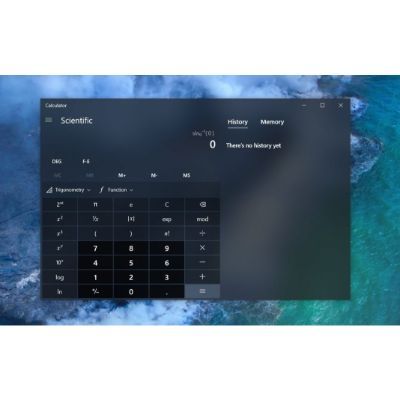
These calculators have features that allow them to store data like an electronic organizer or PDA (personal digital assistant). They also have computer-like functions such as word processing or spreadsheet capabilities. Some even have touch screens, so you don't need to use a keyboard.
Scientific/Programmable Calculators
If you need more complex functions than just simple arithmetic calculations, you'll want to look for a scientific/programmable calculator instead of just a basic printing model. Scientific calculators often use algebraic expressions and can perform trigonometric functions like sine, cosine, tangent, and arc-tangent. These types of calculators also have memory and often include conversions between units of measurement such as length, area, volume, weight, and time.

What Are The Common Advantages Of Using Calculators?
You can take advantage of a calculator by any means, for example:
- Number crunch
- PDA - Personal Digital Assistant
- Data process
- Equation
- Finance
- Pocket accounts
- Estimate the values
- Reckoner
- Total your amount quickly
Outcome From The Article
We hope you learn more about different types of calculators. Now you shall be able to choose the best for you with the initial information. If the article helped you, post a comment below and let us know.
Please let us know if there is one calculator we've left out. We will add and help anyone who has questions about specific calculators.
Related Posts









